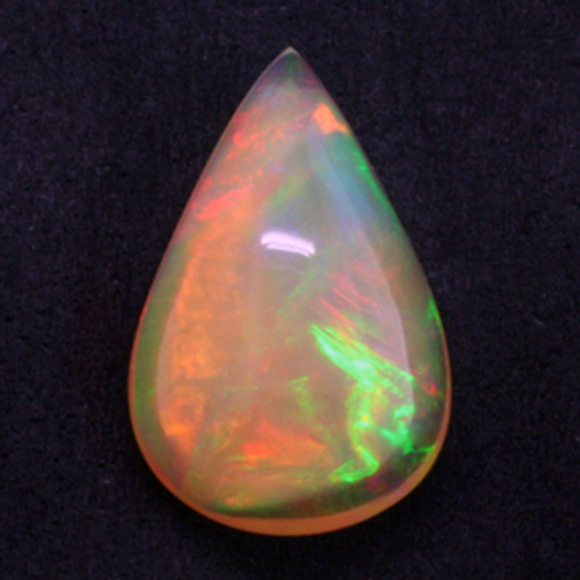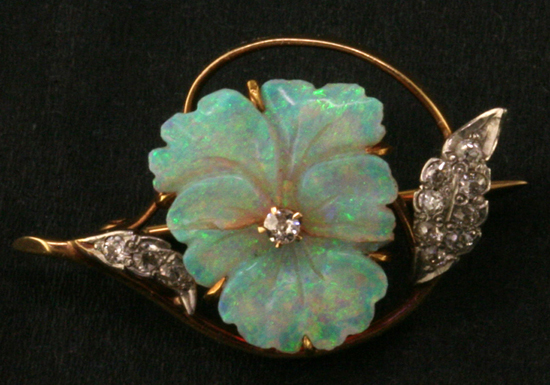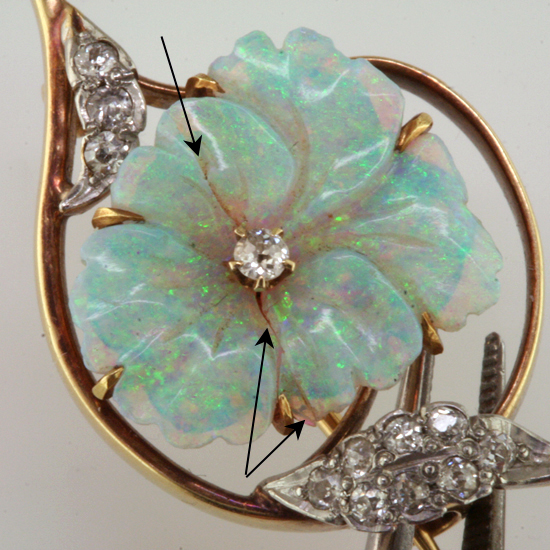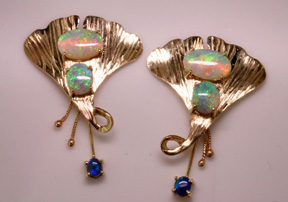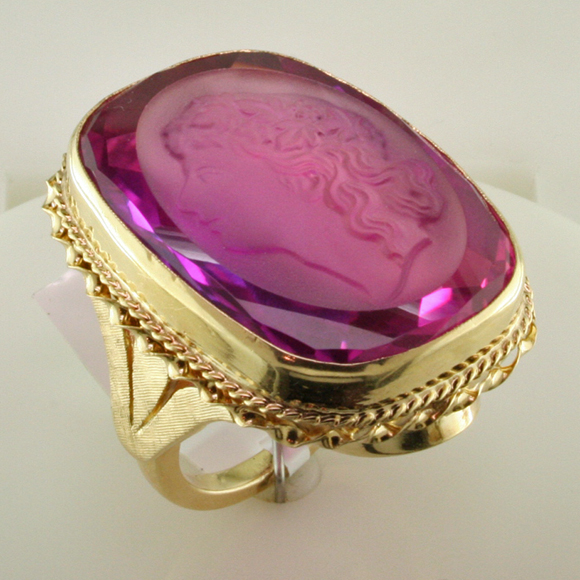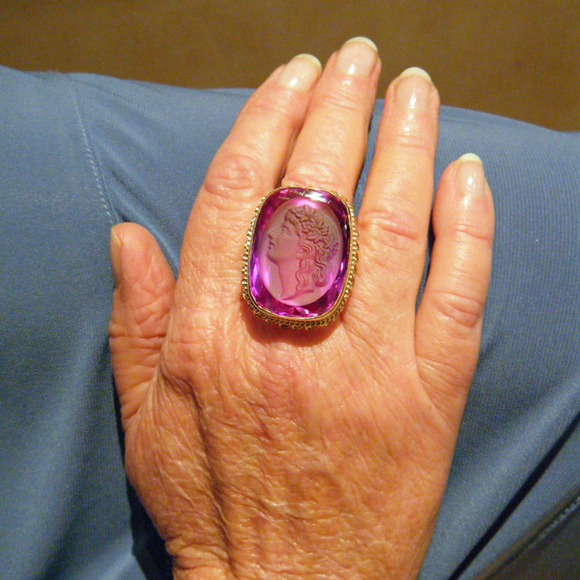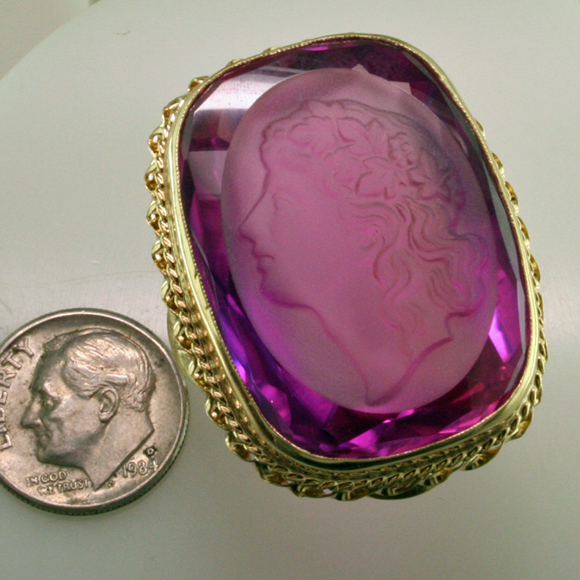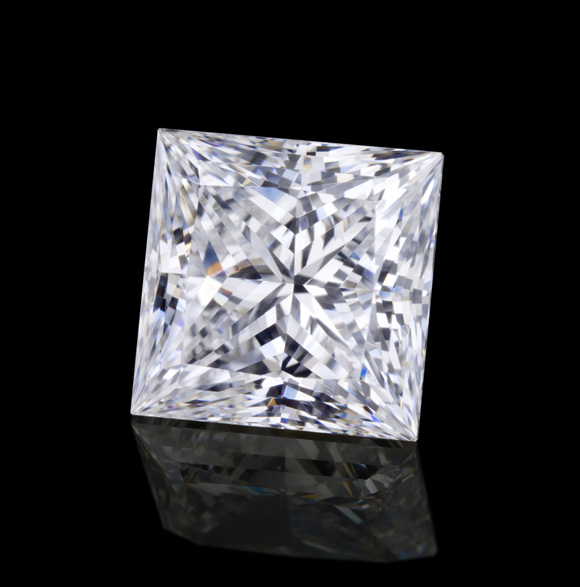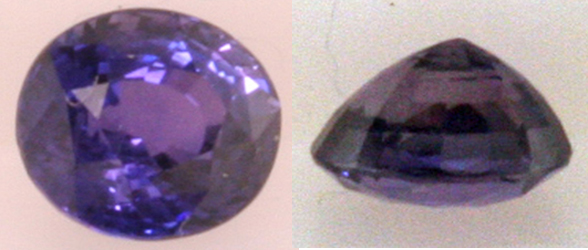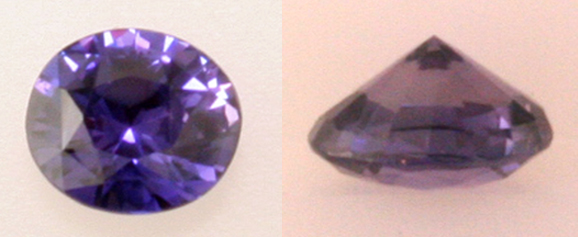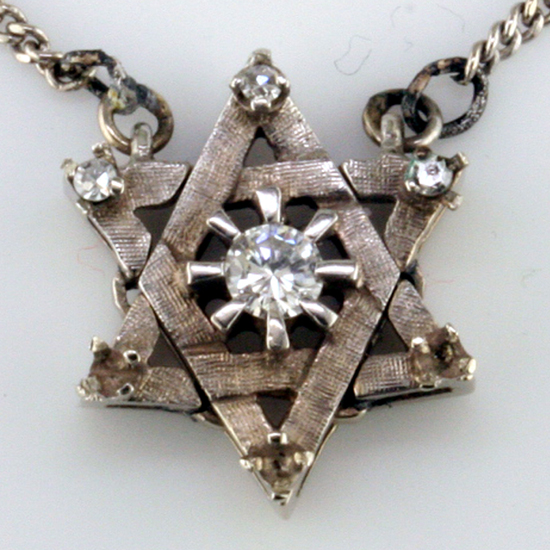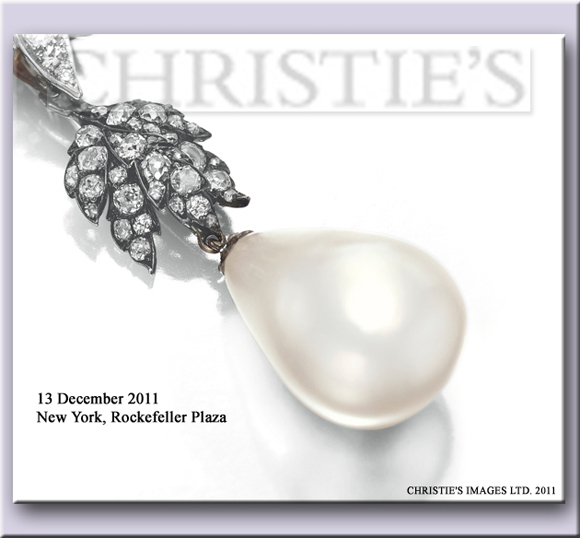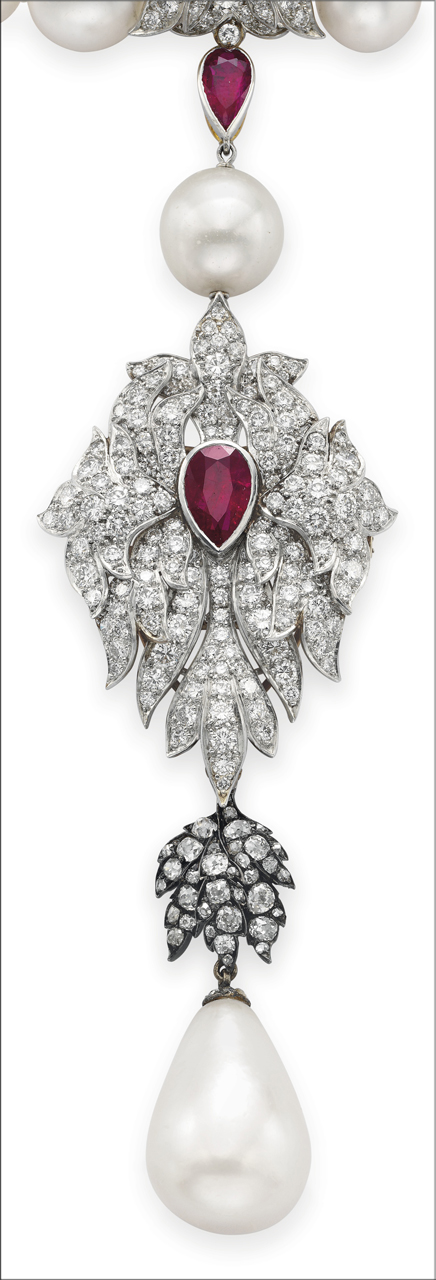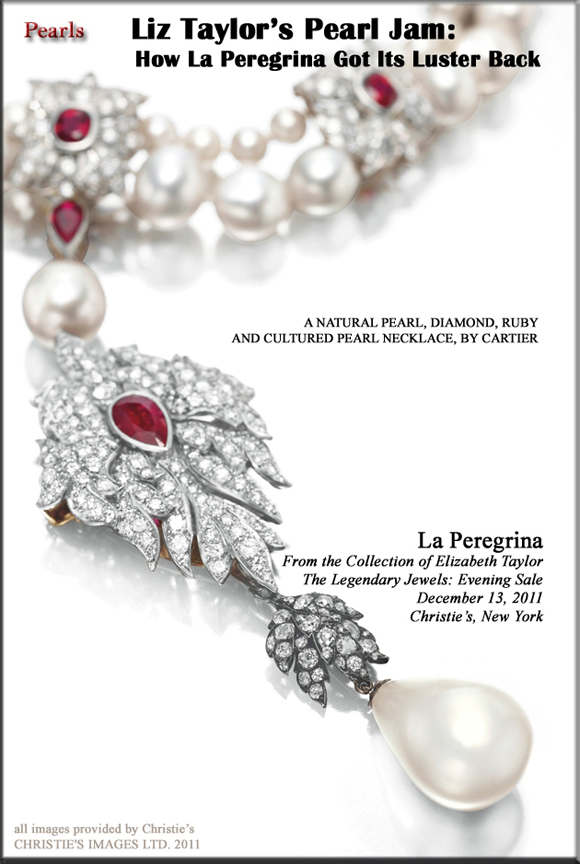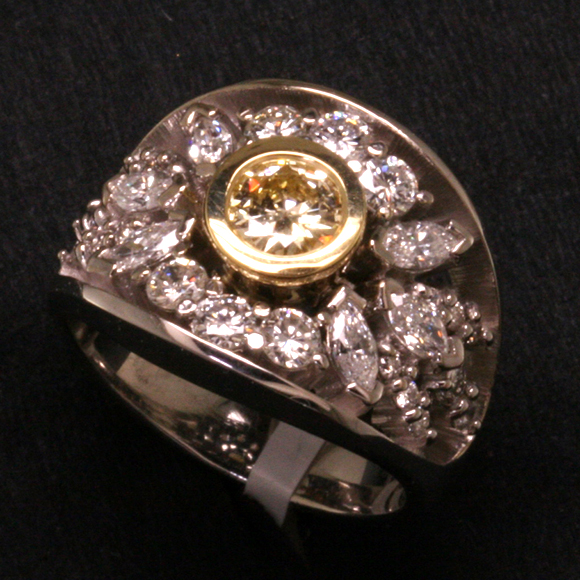We just acquired this gorgeous crystal opal from Ethiopia. Full of fiery reds and oranges, as well as golds, greens and purples, this beauty will be the perfect drop of color for a magnificent necklace.
While it’s been known for various unusual types of opal since the early 1990’s, Ethiopia burst onto the gem scene as a major source of quality opal in just the last few years as gem fields in the desert highlands of the Welo (Wello, Wollo, Wolo) region have proven themselves. A full description of the Welo opal, titled “Play-of-Color Opal from Wegel Tena, Wollo Province, Ethiopia, is found in the Summer 2010 edition of Gems and Gemology, the scientific journal of the GIA.
The opal market has been unsettled by this exciting find– this relatively new material is being sold at prices substantially below what similar Australian opal brings. We purchased this particular gem for about 1/3 of what we would expect to pay for an Australian crystal opal.
There are several reasons why this opal is so inexpensively priced. Mainly, prices are low because the production is relatively large – opal from Welo was everywhere at the last few Tucson Gem Shows. Additionally, gem traders are very conservative by nature and have been cautious about this new gem.
Welo opal does have remarkable features. This opal displays play-of-color in very unusual patterns and colors that can be exceptionally bright. Our stone has great flashes of red and orange along with the greens and golds- red has generally been the most rare play-of-color, adding significant value to opals from other sources. Some Welo stones show color patterns are not commonly seen in opals from Australia.
A very interesting and unique characteristic of the Welo opal is that a good portion is hydrophane opal, meaning that it absorbs water like a sponge and usually changes appearance as it does so. The stones change back to their original appearance as they dry out. These changes can occur in a few minutes or may take several hours. For the most part, the Ethiopian hydrophane opals become more transparent and show their gorgeous play-of-color more beautifully.
Our stone became partially transparent along one side after soaking in water for a few hours and its weight increased to 11.5 carats — notice the clear area along the lower right edge of the stone. The stone returned to it’s “dry” appearance and weight soon after being removed from the water.
Also, the GIA article noted that Welo opals could be dropped from 3.5 meters onto a concrete floor with no visible damage. This was confirmed by the cutter who sold me this stone– he has noticed the material cuts “hard” and seems to be tougher than other types of opal which were damaged by the drop test. A definite plus that means better wearablity for this new material
Finally, while the opal from the earlier finds 125 miles to the south have shown a tendency to be unstable and develop cracks, known as crazing, the Welo material seems to be quite stable in this respect. Crazing occurs to various degrees on some opals from all major sources. Opal cutters and dealers deal with this problem in two ways, first, by avoiding material from sources known to craze and second, by making sure the opal rough has “seasoned” for at least 6 months to a year before cutting it.
As Rare Gemstone Specialists, the team at Mardon is always on the lookout for unique and unusual specimens of nature’s bounty. We think these stunning opals from the deserts of Northern Ethiopia have hit the trifecta — great beauty, good wearability, and very good prices — hard to beat that combination! Stop by the shop for an eyes-on demonstration.

